Last year, Madden 16 introduced Draft Champions, a mode that mixed the team-building aspect of Ultimate Team with the tension of the NFL Draft. Basically, you take a roster full of mediocre players, and through a 15-round draft you attempt to make the necessary upgrades.
Unlike your team, the mode itself hasn’t seen many significant improvements this year. It remains relatively the same as its last update in Madden 16. This is more noticeable, in my opinion, because of the changes MLB The Show 2016 made to the formula in its own Battle Royale mode.
Functionally the modes are very similar, from the crafting of your team to a prize ladder and two-loss eliminations. However, each mode has its strengths and weaknesses; ideally both games could learn a thing or two from one another.
If you haven’t experienced either Draft Champions in Madden 17 or Battle Royale in MLB The Show 2016, here’s a quick breakdown of what each does well.

Madden 17
Coaches
The first step in overhauling your mediocre team is to pick a coach. This choice is important as it determines what playbooks you will use, which in turn should help shape your draft philosophy. It’s also a choice unique to Madden.
But what about (Joe) Maddon? Could MLB The Show incorporate managers? The staff in franchise mode already numerically influence players’ ratings, so I don’t think it would be that much of a stretch. It would be fun to pick a skipper, but the influence would be less important than it is in the football sim.
Player Selection
Compared to Madden 16, there seems to be a larger selection of players in Madden 17. Repeats seem uncommon, and the draft itself seems a bit less predictable. While each round features similarly rated players, they are often from a diverse set of positions. This makes each decision tough; you aren’t just choosing the highest-rated wide receiver or cornerback. You have to keep need in mind during each round.
The Show’s mode has gotten better at making player selection seem more random and the choices tougher, especially with its dynamic rating system. Early on, it seemed like every other team had a Reggie Stocker (Barry Bonds) or a young Alex Rodriguez.
User Interface
Madden’s UI may feel a little sluggish and bloated at times, what with fancy transitions and voice overs at every turn, but you can’t deny it is good at making information accessible. I really like the graphical depth chart and the way players ratings are easily visible all of the time.
MLB The Show 2016‘s interface isn’t bad, but it seems to be missing some key features. First, it would be nice to have the ability to set lineups for facing both righties and lefties. Secondly, during the pregame lineup screen, you can’t get full details on your players — this includes secondary positions, which are necessary when switching around starting players.

MLB The Show 2016
Prizes
Both modes are a little stingy on prizes, but at least you know what you are getting with MLB The Show. This extends beyond the Battle Royale ladder to the Missions and Captains store. It gives you tangible and concrete goals to work toward, and you can look forward to unlocking a cherished player. Of course, packs are always in play, adding a bit of randomness to your bounty.
In Madden, however, a large share of your rewards are currencies, both to play in more ranked events and to trade in for card packs. Even winning six ranked games without losing twice — the best you can do — only repays your entrance fee in “tickets,” gives you two entry-level packs of players, and seven “badges.” This article does a great job of explaining why this prize structure is a poor one if you are looking to upgrade your Ultimate Team.
Drafting An Entire Team
This is a strength tied to the representative sport, but in MLB The Show 2016 you draft your entire team. You have control over each of the 25 players selected for your roster.
This is obviously a bit trickier for a football game, but it could be done without lengthening the draft to 50-plus rounds. For non-skill positions, have players draft an entire team’s offensive line, defensive core, special teams, etc. This is similar to how some fantasy leagues are run, and it would give you a little bit of control over the entire squad. I’m not sure this is better than the current system, but it would alleviate some frustrations that can occur when your team is filled with random mediocre players.
Playing Time
MLB The Show 2016 did an interesting thing when it limited games to three innings. It not only sped up playing time, but also made each game feel as tense as extra innings. It put a premium on speed and relief pitchers, and ensured that depth was a factor to consider when building a team.
On the other hand, football is a game that doesn’t scale well. You can shorten quarter times, but then it feels like each team only has the ball once per quarter. Killing the clock can be a strategy, but one that is not particularly fun for either team. Draft Champions could change up the nature of the contest by emulating college overtime or allowing each team a certain number of drives. Like the three-inning game, this could speed up the game while also ratcheting up the tension and excitement.
If you haven’t tried either of the modes, they are definitely worth your time, especially if you are a fan of fantasy sports. The ability to put your football or baseball acumen on display by drafting a winning team is an engaging one. Both are fun, short-term experiences that reward skill on an equal field, eliminating “pay-to-win” strategies that have infiltrated other Ultimate Team-style modes.


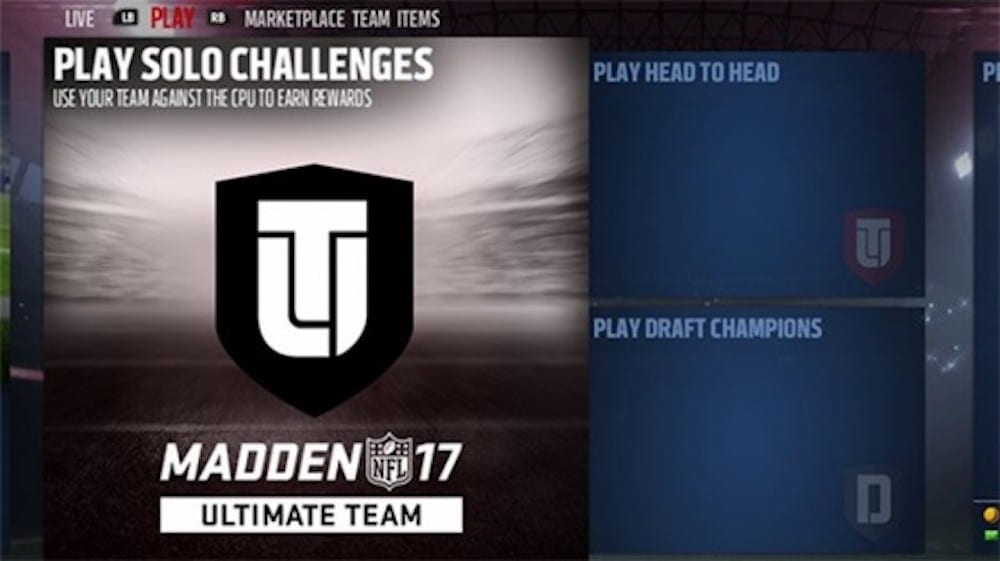
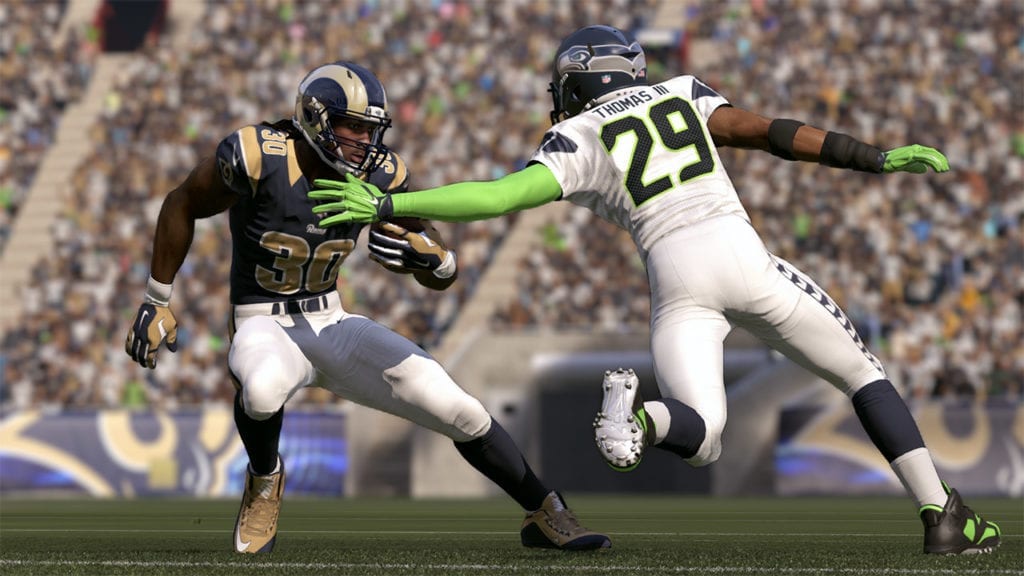
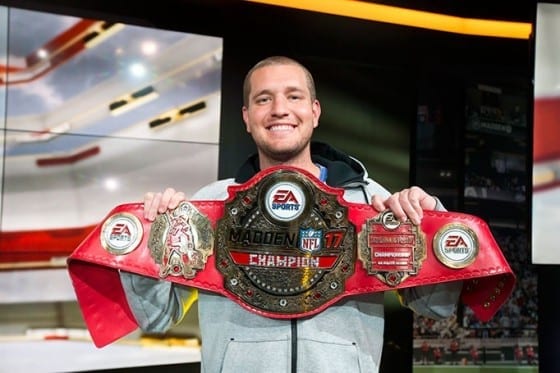
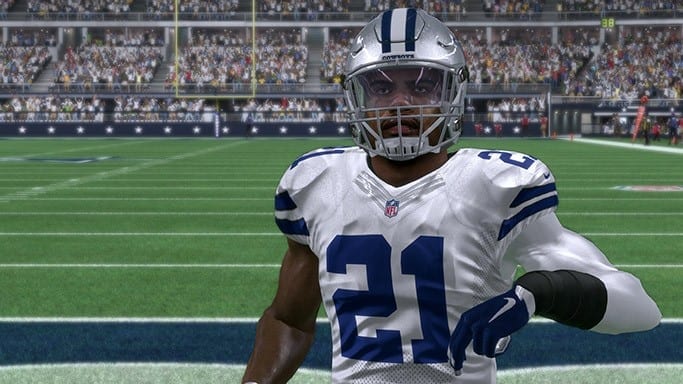
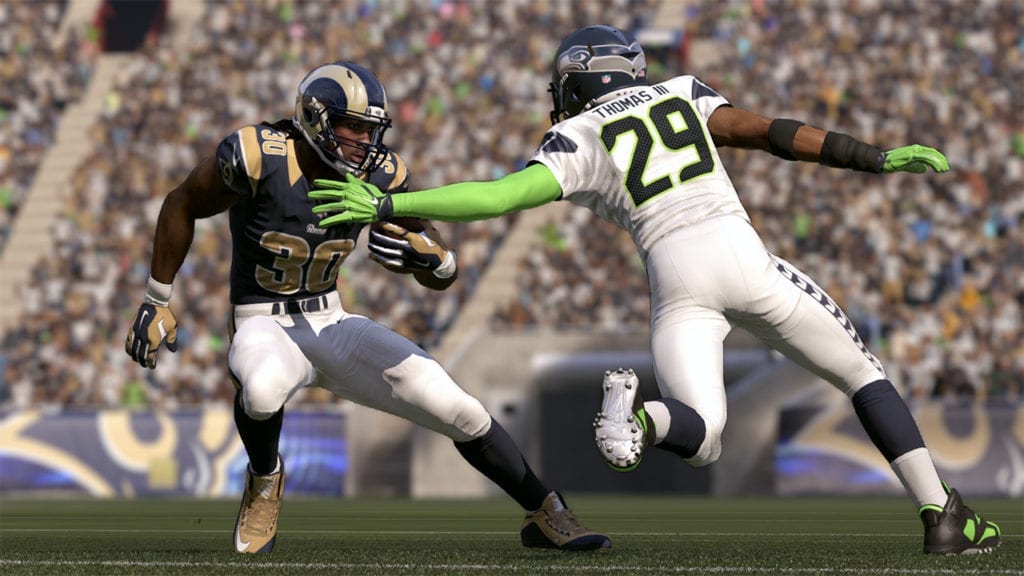
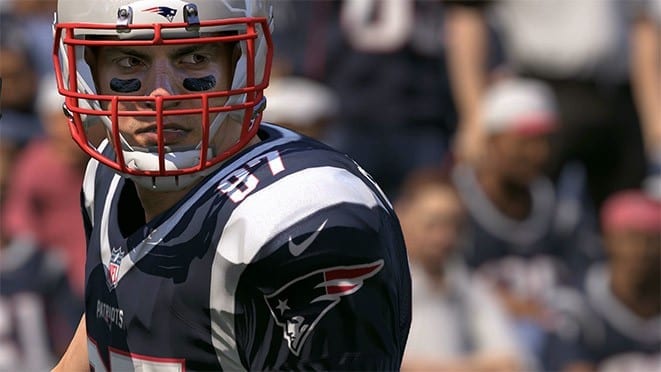
Published: Aug 27, 2016 03:40 pm